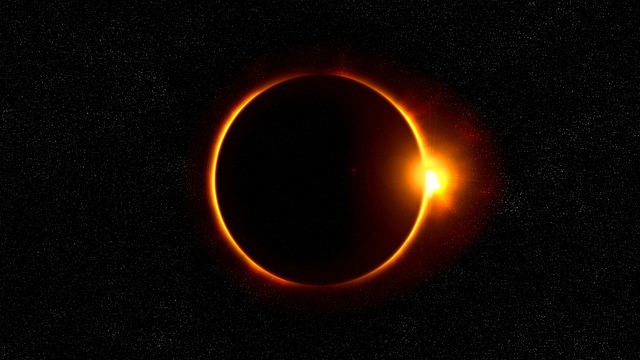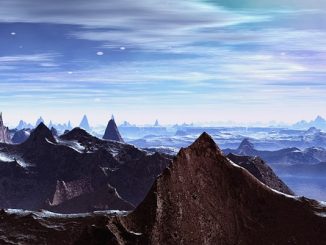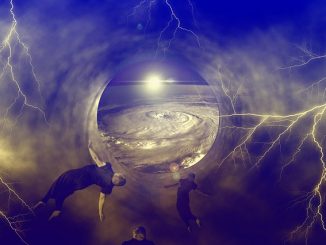
This coming August 21, the world will once again be witness to one of the most spectacular events in the universe — a total solar eclipse. And it’s as good time as any to reminisce about what has been heralded as probably the most historic eclipse of all — the 1919 eclipse that proved Albert Einstein was right, and Sir Isaac Newton was wrong.
Newtonian view about classical mechanics says that space is inert, meaning, it’s unchanging and unaffected by the motion of objects. In the case of massive objects (such as stars) and gravity, Newton believed that a star’s powerful gravitational pull can affect how light moves, as the path of travelling photons can get deflected by a star’s gravity.
Newton’s model had been accepted for a while. But because of the genius that he was (although people weren’t aware of it yet), Einstein had his own ideas about space and the effect of gravity on light.
According to Einstein’s General Theory of Relativity, space isn’t static and the movement of objects, especially massive ones, can alter its structure. He also didn’t view space as an entirely independent dimension. In other words, we aren’t living in a three-dimensional world.
Instead, Einstein believed in a four-dimensional universe — space had three dimensions: length, width and depth; and time was the fourth dimension. These four dimensions are supposedly intertwined, creating a universal fabric called ‘space-time’. And celestial objects can bend, curve, twist and warp this space-time fabric.
In contrast with Newton’s view that it’s a star’s gravity that can deflect the path of light, Einstein claims that a star creates a curve in space — similar with how a person on a trampoline creates a curve on its surface — and it’s this curve that changes the direction of light.
If Einstein’s theory was proposed today, it would have been much easier to prove (or disprove) because of the powerful instruments we now have. But Einstein came up with his theory in the early 20th century. And testing it was much more difficult, owing to the crude instruments that were available then.
The idea was to turn to the Sun — the most massive object in our solar system which, according to Einstein’s theory, should show the most noticeable space-time curvature effect — and observe the positions of the stars near its edge. It was a sound concept, but there was a slight problem — the Sun’s brightness. It isn’t really possible (much less logical) to look directly at the Sun and make those observations, right?
Thanks to the 1919 total solar eclipse, what was impossible suddenly became possible. Because of the 6 minutes that the Sun became totally dark as the moon blocked its light, scientists were able to study and measure the relative positions of stars in the Hyades cluster, strategically located where they would be useful for testing Einstein’s theory.
As it turned out, starlight was indeed deflected by the warped space-time caused by the Sun’s massive body. And while the deflection was infinitesimal or hardly noticeable, it was enough to prove that Einstein’s predictions about space-time was correct thus sealing Einstein’s place in history forever.
- Bulenox: Get 45% to 91% OFF ... Use Discount Code: UNO
- Risk Our Money Not Yours | Get 50% to 90% OFF ... Use Discount Code: MMBVBKSM
Disclaimer: This page contains affiliate links. If you choose to make a purchase after clicking a link, we may receive a commission at no additional cost to you. Thank you for your support!




No, you can’t say that the bending of light confirms general relativity because the atmosphere of a planet or the gas of a star or the density distribution near a cosmo can bend light. Actually you don’t need use such indirect evidences. We have much strong and direct evidence to disprove relativity: the absolute time shown by the universally synchronized (i.e. synchronized in all reference frames) clocks on the GPS satellites while special relativity claims that time is relative and can never be synchronized on clocks with relative velocities in multiple reference frames.
If you don’t agree with me, please present your refutation of my point here and let’s debate!